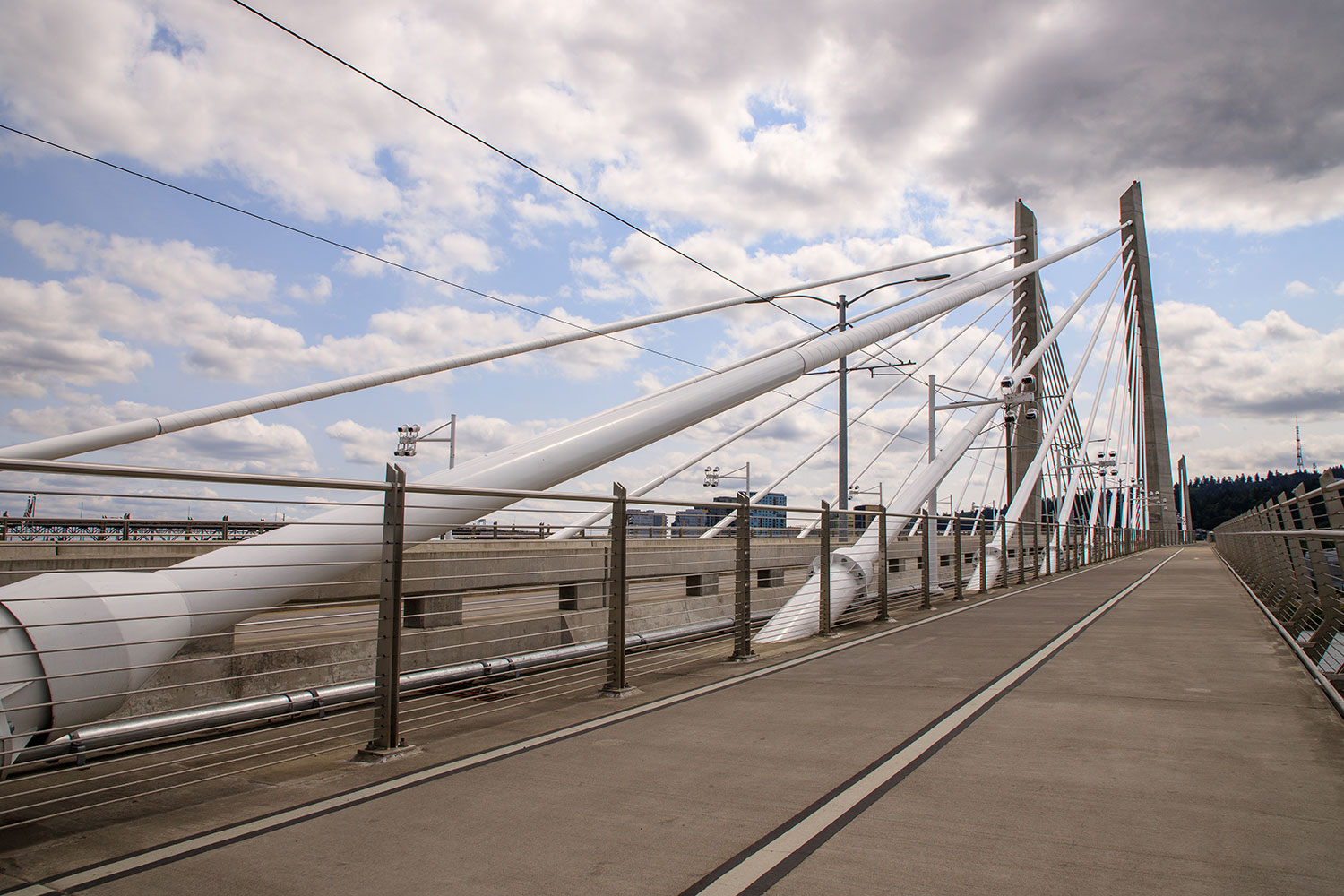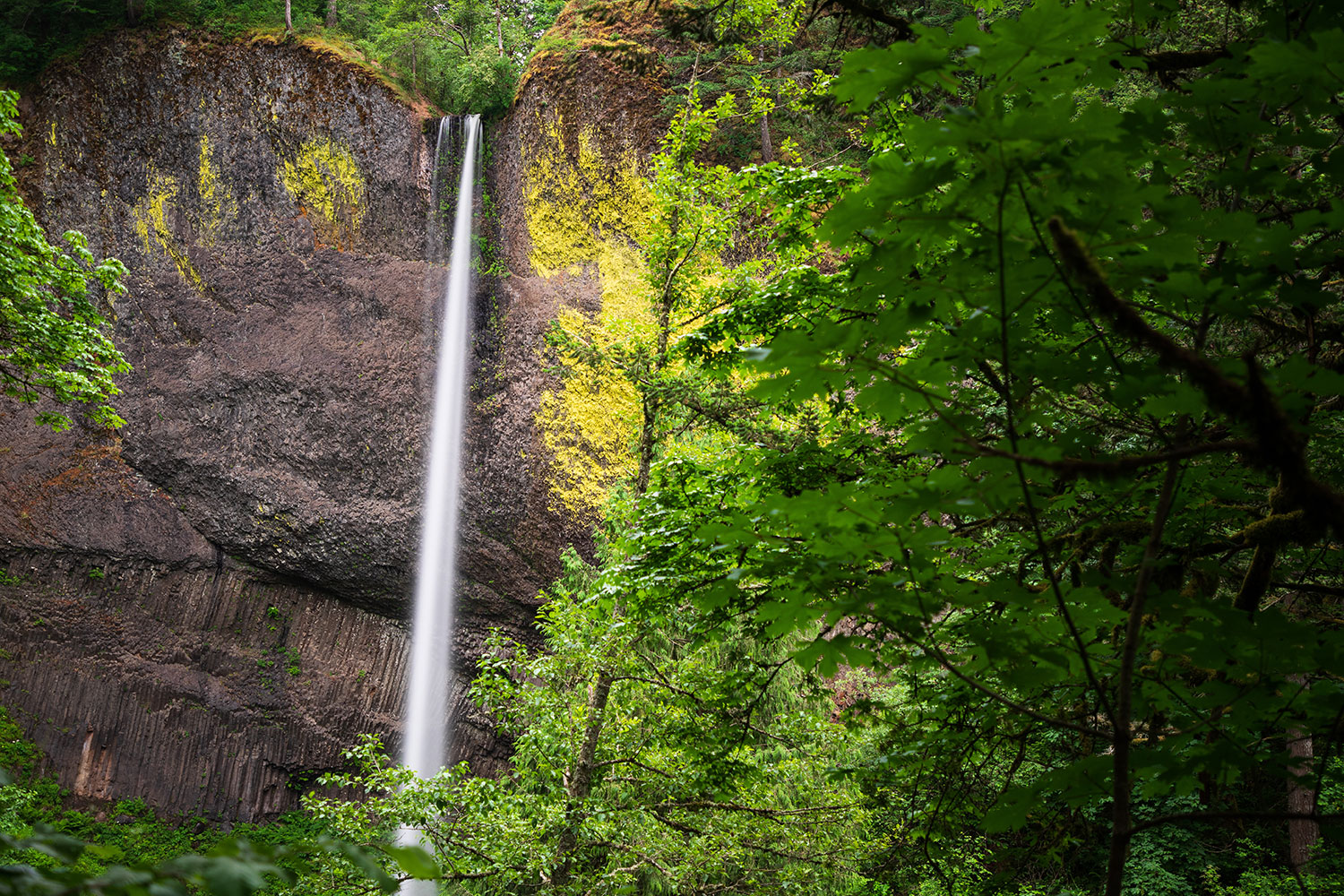“It won’t win awards, but the 6D Mark II is still a good workhorse camera.”
- Articulating touchscreen
- Dual Pixel Autofocus in live view
- Fast, 45-point viewfinder autofocus
- Good high ISO performance
- 6.5 fps continuous shooting
- No 4K video
- No advanced video settings
- Limited base ISO dynamic range
- 2 fps bursts with continuous AF in live view
It’s been a year since we first got our hands on the Canon EOS 6D Mark II. The camera, built on tech that merely caught it up to the rest of Canon’s lineup without introducing anything dramatically new, arrived to a tepid response. Even a year ago, the first-generation 6D — Canon’s original budget-friendly full-frame DSLR — was already over 4 years old, creating high expectations for the Mark II.
Unfortunately, while the second-generation 6D made progress, it failed to impress.
Fast-forward a year and the camera scene certainly hasn’t grown friendlier to the DSLR. Sony redefined what an entry-level full-frame camera can be with the mirrorless A7 III, all but leaving Canon (and Nikon, for that matter) in the past. But don’t take the 6D Mark II out of the running yet. After revisiting the camera, we found that it holds some appeal to the right photographer, and has become a valuable buy thanks to recent bundles and rebates.
Design and specifications
The 6D Mark II uses the same recipe as the original 6D: It’s a full-frame DSLR meant to appeal to enthusiast photographers who want the quality of a 35mm sensor without the complexity (and price) of the higher-end 5D-series. While it won’t be the first choice of professionals, it can still perform as a workhorse camera thanks to great build quality and good, if not class-leading, image quality.
Beneath the weather-resistant body — similar in design to the original — the 6D Mark II is built around the Digic 7 processor and a totally new, 26.2-megapixel sensor. That’s a 6-megapixel improvement over the original 6D, but more impressive is the new maximum ISO of 40,000, higher even than the 5D Mark IV’s 32,000. ISO can be further expanded to 102,400, although, this is really usable only as a last resort.
Burst rate has also seen a dramatic improvement, from just 4.5 frames per second (fps) to 6.5, equal to the Nikon D750. That comes in just shy of the 5D Mark IV at 7 fps — and well under the A7 III’s 10 fps — but it is still respectable for a DSLR at this level.
Additionally, GPS is now built in for automatic geotagging without requiring a mobile app, which will be useful for travel and documentary photographers who need accurate location data with their images.
A year after its launch, the camera scene certainly hasn’t grown friendlier to the 6D Mark II.
Beyond the added resolution and speed, what impressed us most was the new autofocus system. While the original 6D made due with an 11-point system, the Mark II gains a 45-point, all cross-type autofocus sensor, essentially plucked from the EOS 80D. It’s one of the fastest and most consistent viewfinder AF systems we’ve ever tested, so this is a big improvement over the 6D — but it’s not perfect.
Putting an AF system designed for crop-sensor cameras inside a full-frame model means it doesn’t come close to covering the entire frame. This approach isn’t unique to Canon, but it’s a bigger drawback today than in times past due to competition from Sony’s full-frame mirrorless line, which offer significantly more AF coverage than DSLRs.
However, switch the 6D Mark II into live view mode and you’ll find Canon’s excellent Dual Pixel Autofocus (DPAF) technology. DPAF, now common across most of Canon’s DSLRs, is significantly faster than the live view autofocus of the original 6D, while covering much more of the frame than the viewfinder autofocus sensor. It’s not without its own issues, however; turn on continuous autofocus and the burst rate drops to about 2 fps.
Still, thanks to the new articulating touchscreen, you may find yourself using live view more for those high- and low-angle shots than you would have before. Just remember, live view does drain the battery much faster than using the viewfinder.
Where DPAF really shines is in video mode, but sadly the 6D Mark II’s video specifications are rather lamentable, starting with the lack of 4K resolution. That’s right, despite a four-plus-year-long development cycle, the 6D Mark II’s video resolution remains unchanged from the original. It can now shoot 1080p at 60 fps (up from 30), so that’s nice, but it offers nothing to entice even casual video shooters. Even for 1080p, the 6D Mark II leaves much to be desired in terms of sharpness.
A solid workhorse camera thanks to great build quality and good image quality.
The Mark II does offer digital image stabilization for movie recording, but this reduces effective resolution even more and our recommendation is to leave it off except when you really need it. There are also no advanced settings for compression of filetype like some other Canons give you. And last but not least, there isn’t even a headphone jack, something that can be found on the less-expensive EOS 80D. Simply put, video feels completely like an afterthought.
Of course, with dedicated Cinema EOS cameras like the C200 extending Canon’s reach into high-end video production, there is a decreased need for such features in the company’s DSLRs (the 5D Mark IV has 4K, but it’s rather limited). Still, video remains an area where Canon continues to drop behind rival Sony, which offers 4K and other professional filmmaking features across a broad swath of its mirrorless camera lineup.
The 6D Mark II can, at least, do in-camera 4K time-lapse sequences, but we definitely wish Canon would have put more effort into this camera’s video mode — especially if it’s supposed to last another four years.
Image quality and user experience
For still photography, we really only have one complaint, although we also don’t have anything to expressly celebrate. The camera performed well, and while it may not quite match the resolution of the 30MP 5D Mark IV, we doubt most photographers will appreciate the difference — a 4-megapixel deficit is hardly a deal breaker.
Now, one recurring critique of the 6D Mark II is its lack of base ISO dynamic range, which falls behind the competition (including the much older Nikon D750, which received a Digital Trends Editors’ Choice award way back in 2014). Dynamic range basically refers to how much detail the sensor can capture from shadow to highlight without clipping (when something is either too dark or too bright to register). The greater the dynamic range, the more flexibility you have to recover detail in post. It’s particularly important for things like outdoor natural light portraits, where you may need to underexpose your subject in order to prevent the sky from blowing out, and then brighten the subject in post. With insufficient dynamic range, trying to boost a dark subject will result in too much noise.
At night, the camera performed admirably up to ISO 12,800.
Now that we’ve had a chance to go back and look at the RAW files — something we weren’t able to do in our original hands-on — we really don’t have much to complain about for average shooting situations. Perhaps it’s because our expectations have been lowered since we first looked at the camera, but the 6D Mark II still gives you some room to play around.
We were able to pull detail out of the shadows in a landscape, although in extreme cases this did result in an increase in noise. Shooting at night, even bumping a base ISO shot by two stops was enough to introduce noise, while boosting higher ISO shots resulted in clear “banding” in the image. If you commonly find yourself in high-contrast situations, or needing to make significant exposure adjustments in post, this might not be the camera for you. For general-purpose photography, however, it’s really not bad.
More interestingly, what dynamic range the 6D Mark II does have holds steady throughout the first few stops of the ISO range, where other cameras tend to see a linear decline. By ISO 800 or so, the difference between it and its closest competitors is negligible, as the DxO Mark analysis shows. So, if you commonly shoot indoors or in other low-light situations, the 6D Mark II isn’t going to hold you back. A wedding photographer, for example, may be perfectly happy with this camera for indoor ceremonies and receptions — especially when you consider its 1,200-shot battery life, which is neck-and-neck with the Nikon D750 and quite a bit higher than any mirrorless alternative.
In our testing, we shot a nighttime landscape scene and found that even in this situation, with very little ambient light, the camera performed admirably up to ISO 12,800. Shots were obviously noisy, but colors were still good. However, a significant magenta shift occurred over the next stop, making ISO 25,600 unusable — at least in such a dark scene. Likewise, ISO 40,000 was little more than magenta mush. Indoors with controlled lighting and fewer shadow areas, these problems were less noticeable. Most people are unlikely to rely on such extreme ISO settings, and the 6D Mark II produces great results at the more commonly used ones.
As for the actual user experience, the Mark II receives high marks for still photography. This may be Canon’s “cheap” full-frame model, but you wouldn’t know it to look at it. Although it doesn’t expressly target working professionals, it feels like it would hold up to professional demands with aplomb. It is weather resistant and the controls are laid out similarly to other enthusiast and pro-level Canons, making it a good backup to a 5D Mark IV. A dedicated AF point selector is the one thing missing that we really would have liked to have seen. It also makes due with a single SD card slot, although this isn’t a huge drawback, especially since you won’t likely be using this camera for video.
Ergonomically, we appreciate the slimmed down body, but it still feels like holding onto a brick due to the bulky grip. We know the debate over who makes the better ergonomics is opinionated and will never end, but this writer still finds himself on the side of Nikon. The 6D Mark II grew uncomfortable over long periods of use, but other photographers will undoubtedly feel differently.
A year on, is the 6D Mark II worth it?
At the time of writing, you can pick up a 6D Mark II with the vertical battery grip for a total of $1,599 thanks to an instant rebate. That’s a lot of camera for the money, and a much better buy than the initial body-only price of $2,000.
The only problem here is that Nikon is offering an even better deal on its D750, which is also available with a battery grip for just under $1,500. But the greatest challenger may again come from Sony: The A7 II can also be found with a battery grip $1,500, but is additionally available sans grip for just $1,100.
It’s hard to find a situation in which the 6D Mark II outperforms competition.
As a gateway into the world of full-frame photography, that’s very difficult to beat. The A7 II is now superseded — but not replaced — by the A7 III, but it was the mirrorless competitor to the 6D Mark II at the time of the Canon’s launch. So even at such a steep discount, the 6D Mark II fails to gain an edge in value over its closest rivals.
We like the 6D Mark II’s fully articulating touchscreen, and its live view autofocus definitely works better than the contrast-detection-only system used in the D750, but while live view is occasionally useful for still photography, it’s mostly about video — an area in which both DSLRs fall behind Sony’s offerings. When using the viewfinder, the Canon does have the advantage of a faster burst rate and better battery life compared to the A7 II, but these specs are matched by the Nikon. The 6D Mark II also boasts the highest ISO settings of the three, but real-world noise performance is merely equal, while the D750 and A7 II have much greater dynamic range at base ISO.
It’s hard to find a situation in which the 6D Mark II definitively outperforms the competition. This means it will appeal most to current Canon users already invested in lenses and other accessories. It certainly won’t woo Nikon or Sony users away from their respective brands, while customers looking for their first full-frame camera could just as well flip a coin as make an informed decision, but they’re likely to aim for one of the other models, if even just for price.
And if you’re a pixel peeper who wants maximum image quality at base ISO, you may want to skip the 6D Mark II. If, however, you care more about high ISO shooting, it’s not a bad choice — but it’s also not necessarily a better choice.
Warranty
Canon offers a one-year warranty on all new cameras.
Our Take
Compared to the original 6D, the technology in the the Mark II is a giant leap forward, but it’s nothing we haven’t already seen in other Canons (with the exception of the image sensor, which is unique to the 6D Mark II). After waiting some four-and-half years, it would have been nice to see the 6D take a bigger leap forward, rather than just play catch-up to the rest of the product line. There was nothing revolutionary about the 6D Mark II when it launched, a fact that hasn’t helped it age gracefully a year into its life.
That said, the Mark II is still another solid Canon product and it does offer some important improvements over the original 6D, like the 45-point viewfinder autofocus system and the articulating touchscreen. It’s not the best camera in any measurable objective sense, but it may be the perfect upgrade for current Canon DSLR owners, particularly those looking for their first full-frame model or have been waiting for prices to drop.
Is there a better alternative?
Both the Nikon D750 and Sony A7 II are compelling choices, although neither tops the Canon by a large margin. If you want the best possible image quality and flexibility to work in post, they will give you an edge. The new Sony A7 III offers numerous advantages, from 4K video to 10 fps continuous shooting, but also costs $400 more and doesn’t include a free battery grip, which is currently being offered with the 6D Mark II.
How long will it last?
From a features perspective, the 6D Mark II arrived on the scene already outdated. However, if you don’t need the latest and greatest, you should get many years of use out of this camera. The build quality is very good, and it should hold up well to normal wear and tear.
Should you buy it?
If you are a current Canon user and are happy with the EOS system, then yes. The 6D Mark II is a good upgrade from a crop-sensor DSLR, and it’s a great value right now at $1,599 with a battery grip included. However, we can’t really recommend it to anyone not already in the Canon camp; where it’s strong, it is merely as good as its competitors — but where it’s weak, it falls behind. This could be a great workhorse camera for the right user, but it ultimately falls short of what we were hoping for and feels like a stepping stone laid down on the path toward greatness, a destination that remains some miles away.
















